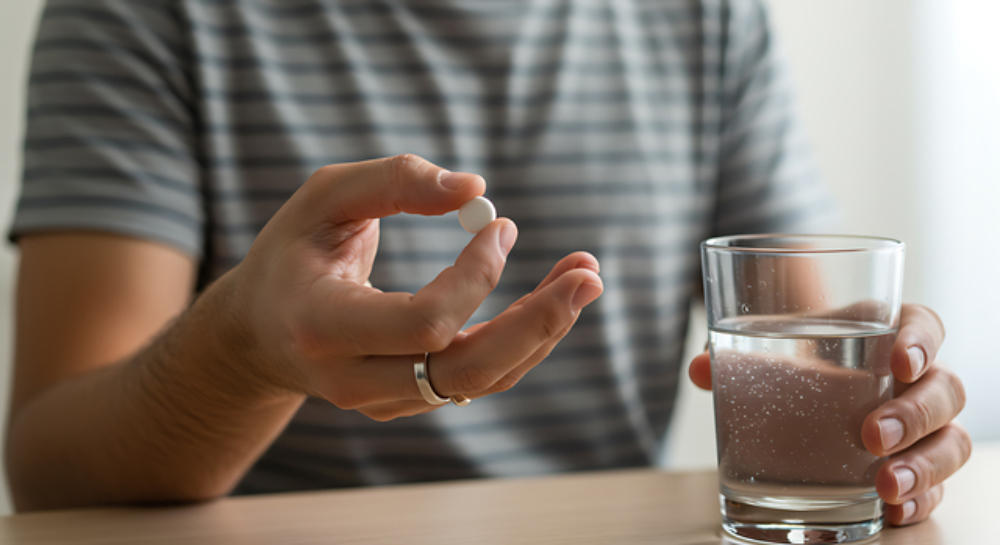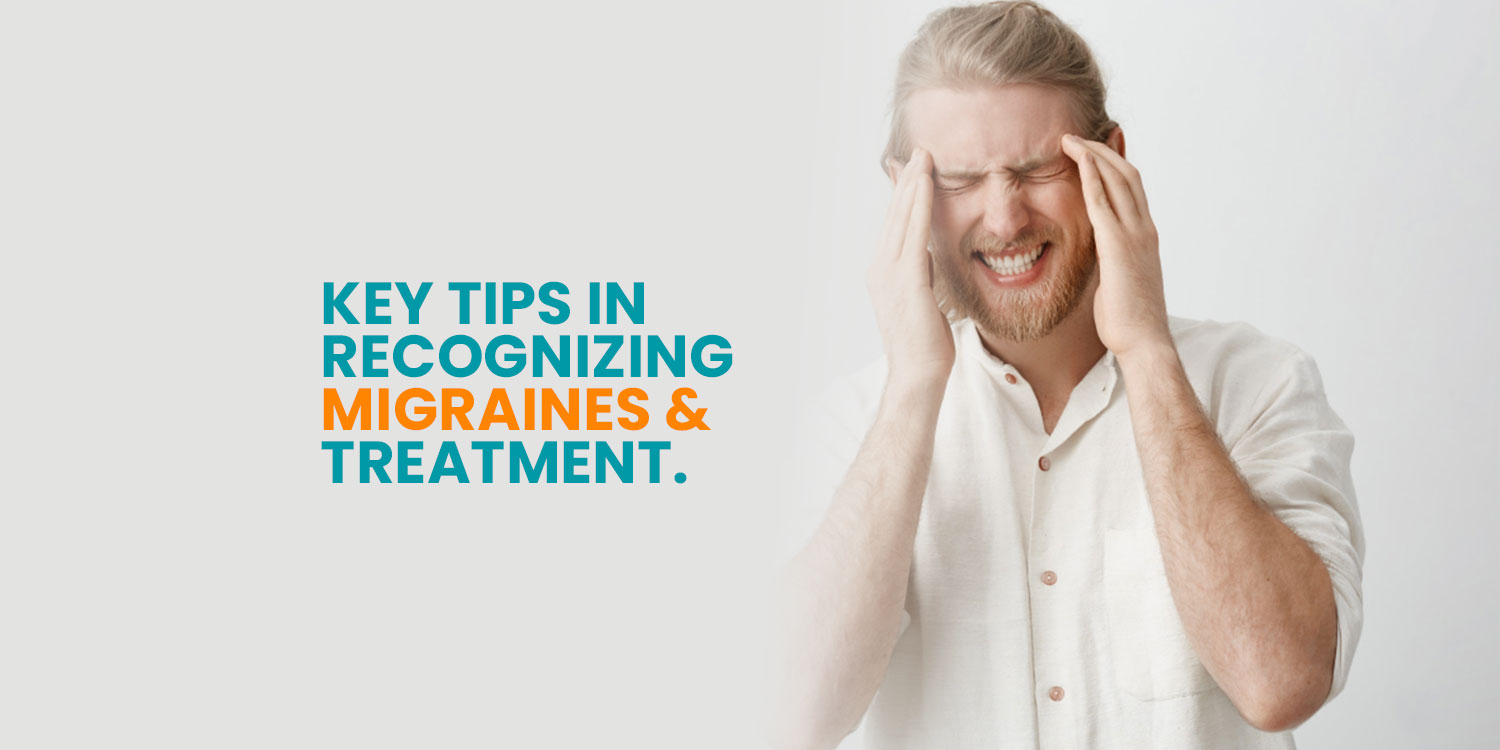What Does a Migraine Really Look Like?
If you’ve ever experienced a severe headache and wondered if it might be a migraine, you’re not alone. Migraines are more than just intense headaches; they are a complex neurological condition with specific symptoms and triggers. Understanding these can help in early recognition and better management.
Key Characteristics of a Migraine
Unilateral Pain
One of the hallmark symptoms of a migraine is unilateral pain, meaning it often affects only one side of the head. This differs from tension headaches, which typically cause a band-like pressure around the entire head. The one-sided nature of migraines can help distinguish them from other types of headaches and guide appropriate treatment.

Sensitivity to Light, Sound, and Smells
Migraines often make sufferers extremely sensitive to environmental stimuli. Bright lights, loud noises, and strong smells can worsen symptoms. This is why many people seek refuge in a dark, quiet room during an attack. This heightened sensitivity is due to neurological changes that occur during a migraine episode.

Activity-Induced Symptoms
Unlike other headaches that may improve with movement, migraines can worsen with physical activity. Simple actions such as turning the head quickly, bending forward, or climbing stairs can intensify the pain. This is one of the key differentiators between migraines and other headache disorders.

Immediate Action Tips for Migraine Relief
The sooner a migraine is treated, the better the chances of stopping it before it fully develops. Here are some steps you can take:
- Take Medication Early: Over-the-counter (OTC) medications like ibuprofen or acetaminophen can be effective if taken at the first sign of a migraine. Prescription medications like triptans may be needed for more severe cases.
- Find a Quiet, Dark Space: Reducing sensory input can help ease symptoms and prevent worsening.
- Use Cold or Warm Compresses: Applying a cold pack to the forehead or a warm compress to the neck and shoulders may help alleviate pain.
- Stay Hydrated and Avoid Triggers: Dehydration and dietary triggers (such as caffeine, alcohol, and processed foods) can contribute to migraines.

Final Thoughts
Migraines are a debilitating condition, but recognizing their unique characteristics can help in managing and preventing them. If you experience frequent or severe migraines, consulting a healthcare provider can provide personalized treatment options.
References
- National Institute of Neurological Disorders and Stroke. “Migraine Information Page.” Available at: https://www.ninds.nih.gov/
- American Migraine Foundation. “What is a Migraine?” Available at: https://americanmigrainefoundation.org/
- Mayo Clinic. “Migraine: Symptoms and Causes.” Available at: https://www.mayoclinic.org/




